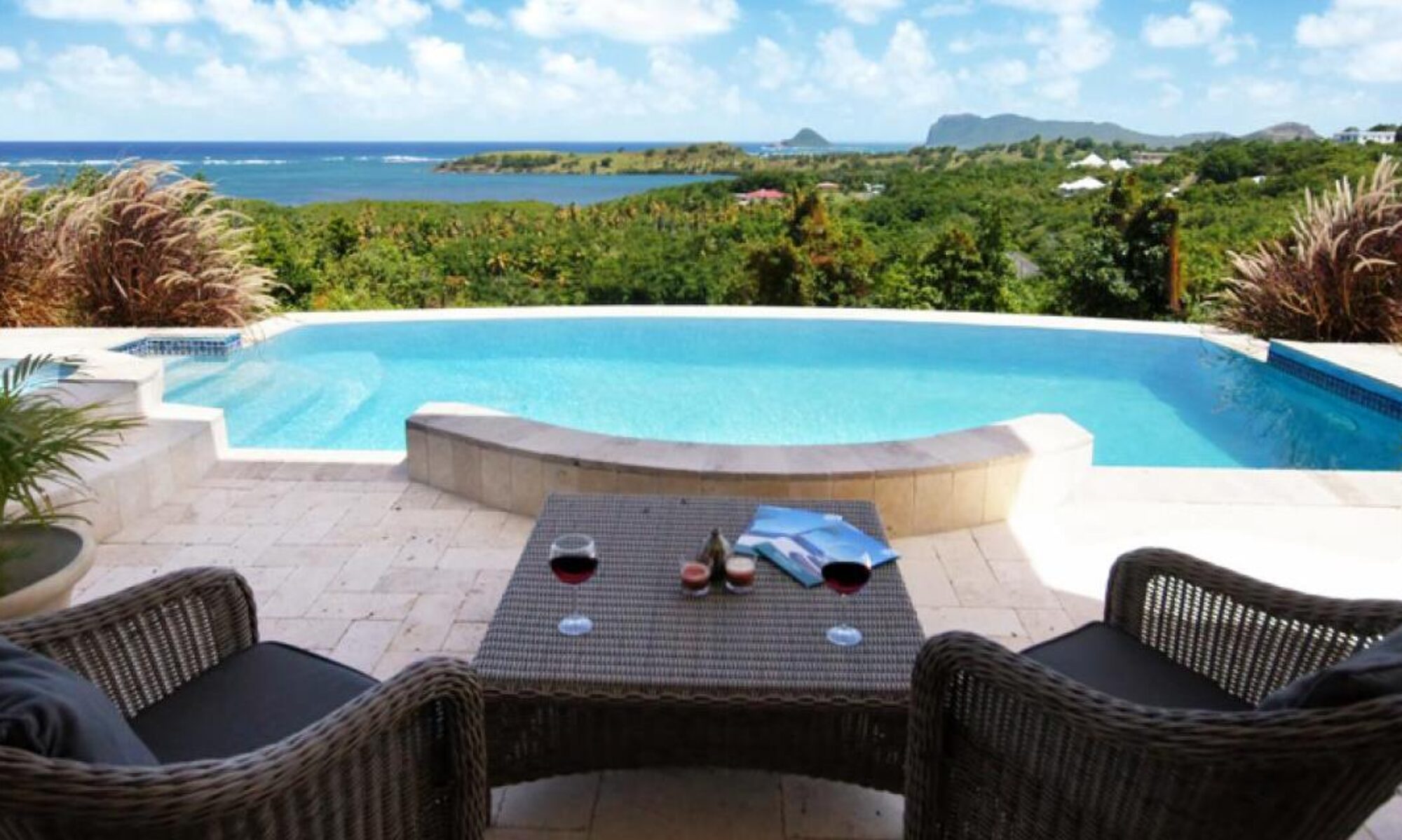Colonial architecture, salsa dancers, Che Guevara, white beaches and fields of sugar cane all make up the images that come to mind when you think of the Caribbean island of Cuba. Transfixing and timeless, Cuba is an island of unique heritage. Tourism in Cuba includes many attractions, from sipping mojittos at exclusive resorts to scraping sawdust off your shoes in Santiago.
History and Culture
Arawak Indians were the original inhabitants of the Caribbean Island of Cuba when Christopher Columbus first landed in 1492. They died on account of diseases brought to the island by sailors and the early settlers. By 1511, the Spaniards had established settlements as well. In the 1800s, the sugarcane industry witnessed a boom, leading to a large number of slaves being brought in. Slavery was abolished in 1886 and in 1895 José Marti led the struggle to end Spanish rule. A treaty in 1899 made Cuba an independent republic, under U.S. protection. In 1933, a group of army officers overthrew the President. Finally in 1956, Fidel Castro Ruz launched a revolution. As a result of the U.S. ending its military aid to Cuba, Castro took over the government in 1959.
When Castro established military tribunals and imprisoned hundreds of political opponents, confiscated U.S. assets and then established a Soviet-style collective farming, the U.S. broke all diplomatic relations with Cuba in 1961. Russian aid, supporting Cuba’s failing economy, ended in 1990, with the collapse of Communism in Western Europe. Cuba began to encourage foreign investment in the tourist industry. The U.S. tightened its embargo with the Helms-Burton Act. In July 2006, Fidel Castro was hospitalized and handed over power to his brother Raúl for the interim. However, in October Castro was diagnosed with cancer and his return to power was postponed.
Cuban culture is renowned all over the world. Its colorful history is evident in the fabulous architecture, national traditions and varied local customs. Cuba is internationally reputed for ballet, as well as popular classical music. Havana was once one of the grandest cities in the world and still possesses an extraordinary variety and quality in its architecture.
Location and Travel
The Republic of Cuba is a large Caribbean island, along with several smaller ones and is situated on the northern rim of the Caribbean Sea. It is located about 100 miles
south of Florida. It has an area of 42,803 sq miles and extends some 760 miles on
an East–West axis and about 55 miles on the North–South. Cuba is the largest
Caribbean nation and accounts for more than half of the total West Indian land area.
Separated from Florida by only the Strait of Florida, from the Caribbean island of the Bahamas and from Jamaica by various channels, the Windward Passage separates it from Haiti. The Yucatán Channel and the Gulf of Mexico separate it from Mexico. Cuba has a total coastline of 2,316 miles and its capital, Havana, is on the north coast.
Almost all visitors arrive in Cuba by air and scheduled flights arrive daily from Canada, Central and South America, the Caribbean and Europe. The main gateways for US travelers to Cuba are Cancun, Nassau and Toronto. There are various direct flights available from the USA, but US citizens who wish to take them must secure permission from the Department of Treasury, which restricts travel to the Caribbean island of Cuba to journalists, researchers and other similar groups.
Cuba lives at quite a slow pace and there is no such thing as a central computerized reservation hotel system open 24 hours a day. It can take up to a week to make a reservation. If you wish to stay in an Old Havana hotel, you must try to make reservations as early as 2 months in advance during the peak season and one month before you plan to arrive off-season.
The U.S. dollar is the currency used by every tourist in Cuba and is accepted everywhere. All major American travelers’ checks are now commonly accepted at the banks in Cuba.
Although it is generally very hot in the winter months of January and February, it is advisable to carry warmer clothing, like a jacket or a wrap to the western part of the island because here the nights can get quite cold. A casual dress code is acceptable in most tourist areas, but the Cubans are a proud people and you are expected to dress up if you want to go out at night to local restaurants or dance clubs. Shorts are not recommended at night or in public places. Cuba is generally a very safe country and you can walk around the tourist areas even at night without a worry.
Visitors can move freely around Cuba and there are no travel restrictions. For local transport, charter planes, trains, buses, taxis and rental cars are available, but it is advisable to choose your mode of transportation beforehand and book in advance.
Climate
There are no great variations in the seasonal temperature and except in the mountains, the climate is pleasant and subtropical, augmented by pleasant northeasterly trade winds. The mean minimum temperature is around 70° F and the mean maximum is about 81° F. The average temperature in Havana is generally around the 77°F mark. In spite of these fairly high temperatures, trade winds and the sea breeze tend to make coastal areas very pleasant. The average summer temperature can reach 81°F in July and August and settles around 72°F in February. The average humidity is around 80% round the year. The wet months are between May and October and the dry winter months are from November to April. Between December and March, the evenings can be much cooler and a light jacket may become necessary.
Mountain areas receive an average of more than 70 inches of rain, while most lowland areas get 35–55 inches per year. Droughts are common and the eastern coast can see hurricanes between August and October.
Activities, Dining and Entertainment
There are state-run as well as privately owned eating establishments in Cuba. The state-owned restaurants have good ambience, better menus and high quality meals and feature Chinese and Italian cuisine. They accept payments in dollars. There are also some cafes that are run by the state. These have differing quality standards and ambience. Some are clean and bright, while others can be grubby and ill maintained. However, these places do not serve typically Cuban food like rice and bean soup. They offer sandwiches, burgers, batter-fried chicken and hot dogs.
Visitors to this Caribbean Island do have an alternate chance to taste Cuban home cooked food. There are small stalls that dot the streets and provide snacks for a few pesos. These are Peso-stalls and private paladares. These stalls offer typical Cuban menu of maize fritters and other local delicacies. Usually run by small entrepreneurs with a sanction from the government, the food is almost always tasty and of good quality. There are some restrictions on these small joints. For example, they are not allowed to sell beef and seafood or allow more than 12 customers in at a time. But, some owners are often quite willing to bend a few rules.
Among the attractions in Cuba are the fine beaches, the magnificent coral reefs and the many historic sites in Old Havana, some dating as far back as the 17th century. Cuba is known as the land of entertainment and parties. On any given evening there are a number of salsa, rock and hip hop clubs, not to mention live music clubs, discos and bars accessible in Cuba. If you are lucky, you may find a Cuban street party, a once in a lifetime experience.
Cuban theatre can be sampled at the many Casa de la culturas and there are brilliant spectacles for which you do not need to know Spanish. Cinema, predominantly in Spanish is another national passion. Cinema houses run shows continuously and you can catch up later if you miss the beginning. The world-renowned Cuban national ballet is a product of the Gran Teatro at Habana Vieja, in the city of Havana. The Festival Internacional de Jazz takes place in the first week of December and is replete with song and dance. April witnesses the Semana de la Cultura in Baracoa and the Electro-acoustic Music Festival in Varadero. The Havana Carnival is scheduled in late July or early August. The carnival marks the end of the annual sugar harvest and was originally the time when the slaves were allowed to rest and celebrate.
Cuba Real Estate, Economy and Infrastructure
Most Cuba real estate for sale and rent is located in the city of Havana. Caribbean real estate in Cuba consists of single-family homes, apartments and commercial buildings. Due to U.S. law, U.S. citizens are forbidden to own Cuba real estate (or otherwise invest in Cuba), leaving investment in this Caribbean real estate market to the lucky ones – non-U.S. foreigners.
The monetary unit of Cuba is the Cuban peso, which is 100 centavos. Historically, a leading cane sugar producer, Cuba is primarily an agrarian economy. 75% to 90% of adult Cubans are employed by the state and the jobs pay around 250 to 500 pesos, a month. Education, medical care, housing and public services are free or subsidized and there are no taxes on any of the public jobs.
Cuba’s infrastructure is fairly impressive with 37,817 miles of roads, including 396 miles of expressways. The Central Highway extends for 760 miles, from the Pinar del Río to Guantánamo, connecting all the major cities on the way. The extensive truck and bus network transports passengers and freight, while nationalized railways connect the east and west extremities of the island.
Cuba has 172 airports, 78 with paved runways. The main airport is Jose Marti at Havana and daily flights connect Havana and the major Cuban cities. There are weekly flights to Spain, Mexico, Moscow, Prague and Jamaica.
If you are a non-U.S. Citizen, or a United States citizen lucky enough to be able to travel to this flavorful island nation, you will not be disappointed, and will want to travel to Cuba again and again. Cuba, Si!


